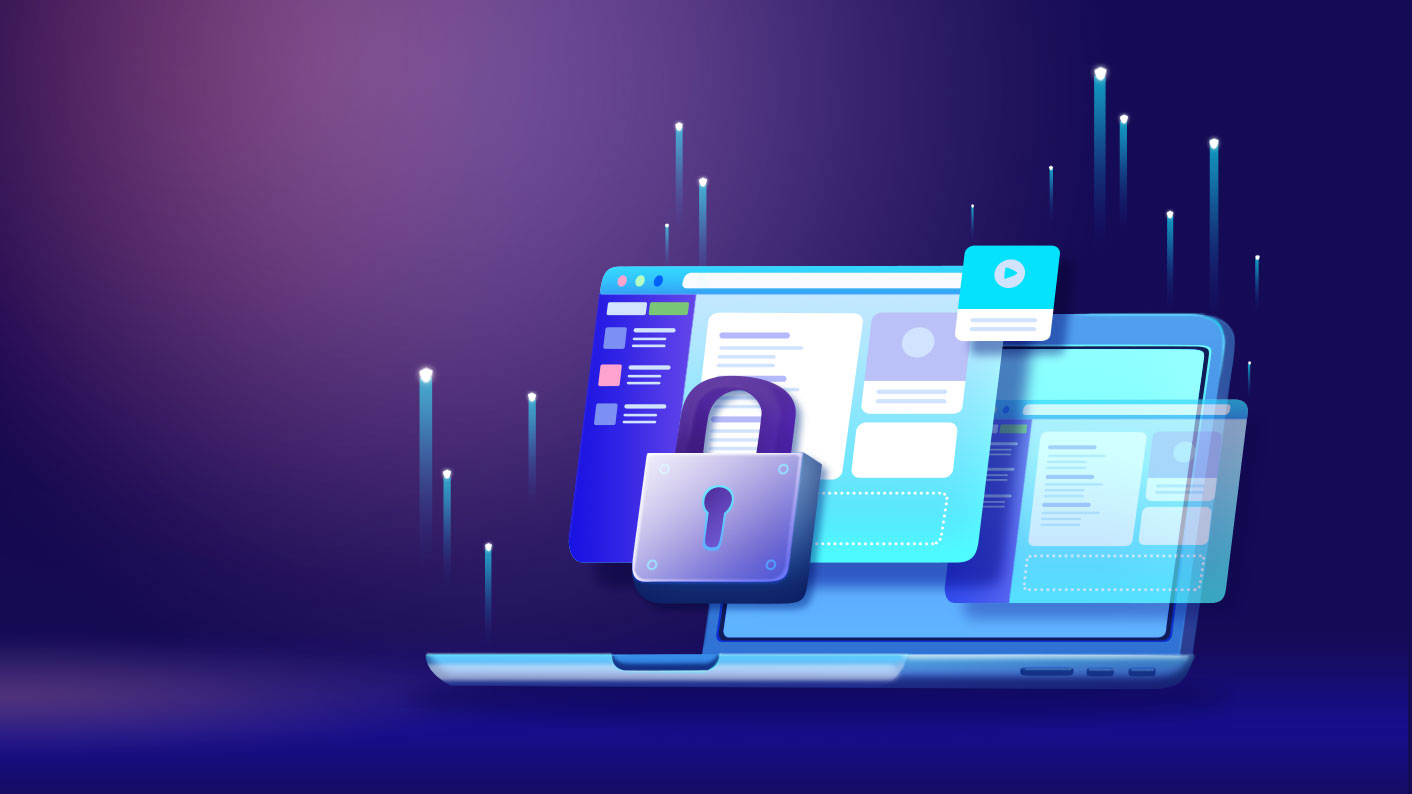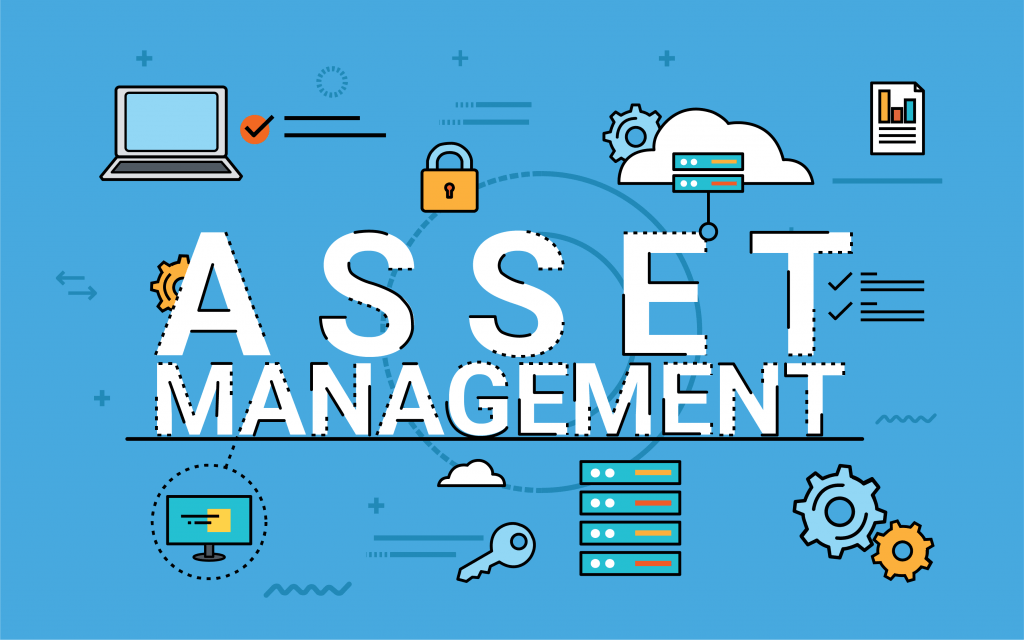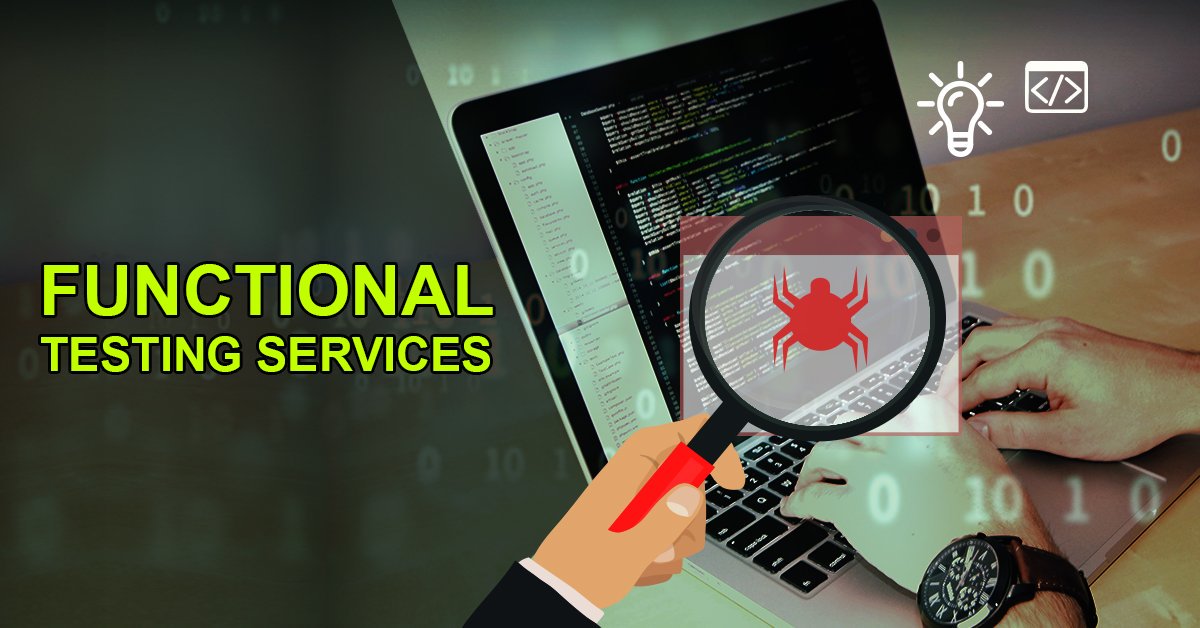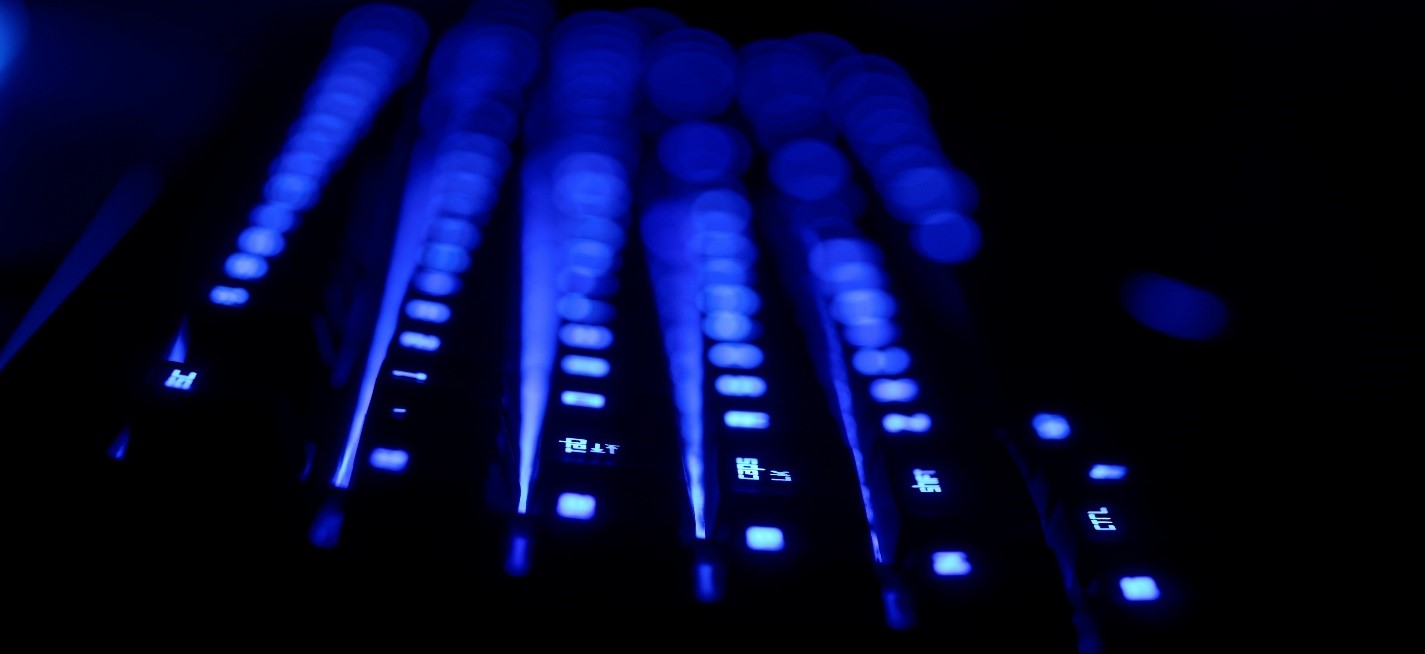When you think there’s something wrong with your computer it never hurts to do a quick checkup. Over time your hardware runs itself down and may need to be replaced. Also the Operating System can grow bloated with unneeded software or hidden viruses, malware, and similar infections. It’s not very difficult to check your computer but it does require some time and patience.
This quick guide includes tips and links to programs you can run for general computer maintenance. It doesn’t get much worse than losing your computer to an infection or hard drive crash. Taking preventative measures will save you time and could even help you avoid future accidents.
Locating Malware and Spyware

Most security professionals recommend that you install some type of antivirus software to keep your PC safe. These programs are running constantly to check every file you download, every popup window, guarding against every possible malicious entry into your Operating System. Very few viruses, trojans, worms, rootkits, or malware programs infect your physical computer parts.
This means with a complete system restore you can wipe out all of the infections at once. But this also means wiping the hard drive completely clean – including your own data. And not everyone knows how to perform a system restore from scratch. If you’re willing to give it a try you may be surprised with the results.
But if you don’t like the idea of wiping out your data then grab some antivirus software and run a quick scan. Any malware or spyware defender program will work since they mostly check for the same intruders or patterns of network traffic. These antivirus programs offer built-in tools for automatically removing infected files and making your PC healthy again.
If you get lost during this process I would recommend signing up and posting on a tech forum. You can even search for old threads to see if anyone else has dealt with similar problems in the past. This forum has helped me countless times with fixing software and hardware problems.
Hardware Tests
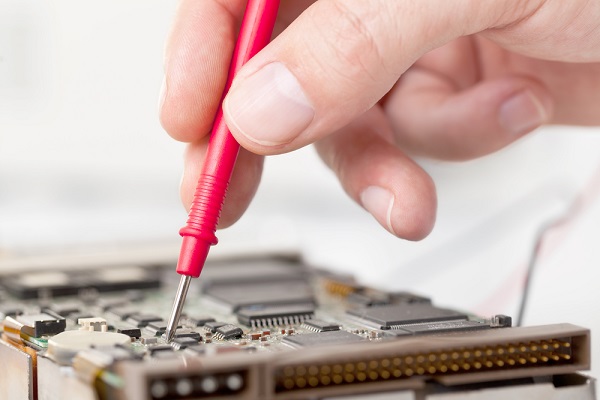
Hardware failure is much more difficult to troubleshoot because oftentimes the machine will barely turn on. It’s difficult searching or posting to the Internet when you can’t even boot into Windows. You can try booting into the motherboard BIOS which may have some diagnostic tools.
This is usually done by tapping one of the F1-F12 keys at the top of the keyboard. But if you can’t get that far you may instead try unplugging certain items like the primary hard drive, RAM sticks, or graphics card(s). If this sounds too complicated you can always find tech support online with more professional suggestions for troubleshooting.
I would recommend running hardware checks every few months to ensure the health of your computer parts. I use HD Tune for checking hard drives and Microsoft’s memory diagnostics tool for testing sticks of RAM. If you run into problems with sound, video, or interface components, these may relate to the motherboard and would be costly to replace.
If you know the make & model number of your computer do a search online for the motherboard type. Sometimes manufacturers will release diagnostic programs for testing motherboard functionality. Truth be told, hardware troubleshooting is a whole lot easier when you can check the Internet for solutions on a different computer.
Cleaning OS Viruses
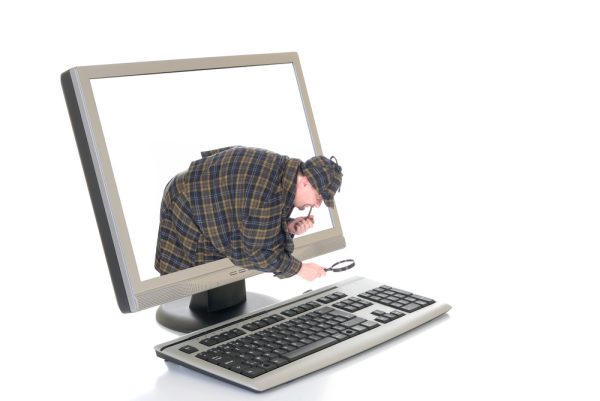
I want to point out a difference between smaller bits of spyware and deeper rootkits. A virus like a trojan is often linked to an executable file somewhere on the hard drive. Once your antivirus picks it up this can be removed and permanently deleted.
Rootkits are deeper viruses which can gain access to the kernel in your PC. This grants the rootkit full control over almost anything on the computer. Modern antivirus programs are often good enough to remove these infections, but some are too deeply embedded into the core of your Operating System.
If you keep your files backed up onto an external hard drive I’d recommend performing a clean restore 1-2 times a year. This way your OS is running faster and it gives you a chance to clean out excess programs. Smaller viruses like keyloggers or general malware programs can run in the background for months without ever being detected.
Aside from running virus sweeps and checking/replacing old hardware, learning how to reformat a hard drive is one of your best weapons against infected computers.
Ideas & Best Practices

The best mindset is to check for possible issues regularly and try to understand most of the terminology. You shouldn’t rely on a Geek Squad agent to explain all the internal pieces of your computer. Knowing how the parts work together can help you diagnose problems quicker and more accurately.
I recommend building a small checklist of possible issues. Make sure the computer is getting power, then check if the HDD will boot to the motherboard BIOS. You can slowly eliminate possibilities until you nail down the problem.
Remember that not even the most prolific techies in the world know everything. Do not be afraid to ask for advice when you’re stumped on a problem. If you’re always ready to learn then troubleshooting becomes like a game of problem solving. Follow your intuition, follow your logic, and keep asking questions until you’ve resolved the problem successfully.
Images are via shutterstock


